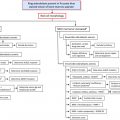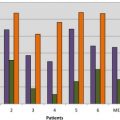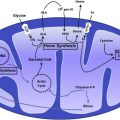Iron deficiency anemia (IDA) is a common hematologic condition, affecting a substantial proportion of the world’s women and young children. Optimal management of IDA requires an accurate diagnosis, identification and correction of the underlying cause, provision of medicinal iron therapy, and confirmation of treatment success. There are limited data to support current treatment approaches regarding oral iron preparation, dosing, monitoring, and duration of therapy. New intravenous iron agents have improved safety profiles, which may foster their increased utilization in the treatment of patients with IDA. Clinical trials focused on improving current treatment standards for IDA are sorely needed.
Key points
- •
Iron deficiency anemia (IDA) affects approximately 3% of young children in the United States, whereas iron deficiency without anemia occurs in 8% to 10% of infants and children. Globally, approximately half of the world’s children may have IDA, and millions of adults are affected as well.
- •
IDA in young children is primarily nutritional, resulting from poor iron intake due to prolonged breast-feeding and/or excessive cow milk intake, whereas in female adolescents and adults, it is usually secondary to heavy menstrual bleeding (or menorrhagia) and pregnancy. In men and postmenopausal women, its cause is primarily occult gastrointestinal blood loss.
- •
Manifestations of IDA in adolescents and adults include pallor, fatigue, diminished work performance, exercise intolerance, and dizziness. In children of all ages, anemia is often identified incidentally by screening or by accident when blood counts are performed for another reason.
- •
Initial therapy for IDA is an oral iron medication for a minimum of 3 months, while attempting to identify and correct the underlying cause. Nevertheless, firm data regarding optimal dose, duration of therapy, and monitoring of the hematologic response are unavailable.
- •
The administration of intravenous iron to patients who fail oral iron treatment warrants further investigation and strong consideration as a potentially safe and effective option to oral iron dosing.
Stay updated, free articles. Join our Telegram channel

Full access? Get Clinical Tree







